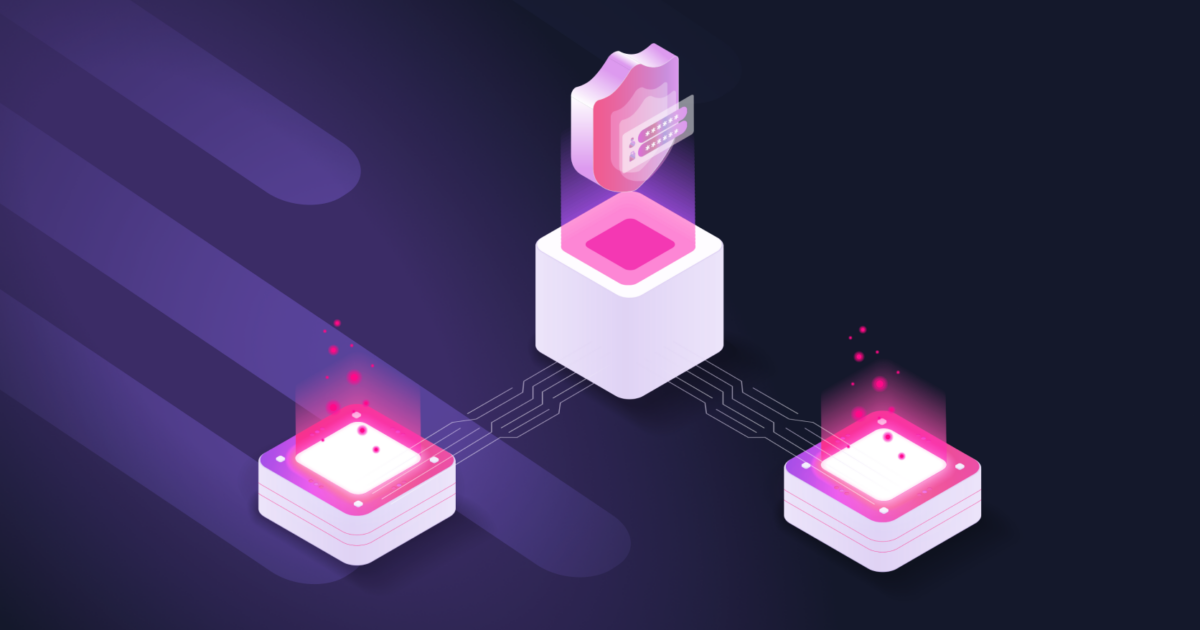What are the Different Types of Anti-Crawler Protection?
Guest Post
|Website Ops & Security | July 20, 2022

The following is a guest post from Apify.
What are web crawlers?
A web crawler is a software that systematically browses the world wide web. Known also as web spiders and spider bots, web crawlers index web pages and, in some cases, extract information from them. Web crawlers have become an essential tool for data mining and analysis. In the age of big data, there is a pressing need to automate web data collection if any business wants to keep up with the competition.
Why you need anti-crawler protection
Web crawlers do many wonderful things for us. They act as the librarians of the internet and automate workflows. But sometimes they can cause problems for a business. When extracting data from websites, crawlers can skew a company’s web statistics and can cause a site to run slower and even crash. And that’s not the worst of it. Web crawling bots are also used for account takeovers and abandonment fraud. And that’s why you need anti-crawler protection.
Different types of anti-crawler protection
There are many types of anti-crawler protection. Here are some of the most common types.
Robots.txt
Before crawling a webpage, web spiders check the page’s robots.txt file to find out about the rules of that specific page. These rules define which pages the crawler can access and which links they can follow. This anti-crawler protection is the easiest to circumvent and essentially only affects search engines.
IP rate limits
Bots are capable of sending a large number of requests from a single IP address in a short period of time. Websites can monitor unusually high numbers of requests to your website, and if that number exceeds a specified limit, the website can block the IP address or require a CAPTCHA test.
HTTP request analysis
HTTP requests are how web browsers request the information they need to load a website. Each request carries encoded data containing information about the client making the request, such as their IP address and HTTP headers. This information helps to identify bots.
Honeypot traps
Another way to protect yourself from unwanted crawlers is honeypot traps. This is a security mechanism designed to attract attackers with a deliberately compromised computer system so you can study the vulnerabilities and improve your security policy.
Fingerprinting
Browser fingerprinting is a tracking technique to collect information on the users accessing web servers. That information includes data about the user’s device, browser, operating system, installed extension, and time zone. When combined, this collected data creates a user’s unique online “fingerprint,” which can be traced back to the user across different browsing sessions and web pages. Read more here about browser fingerprinting and how it works.
Want to protect your sites and ads? Click here to Request a Demo












